Millions of people worldwide are trafficked. Members of the Alliance to End Human Trafficking, an organization founded by Catholic sisters, discuss their ongoing work and advocacy for survivors.
“Trafficking happens in every zip code,” says Katie Boller Gosewisch, executive director of the Alliance to End Human Trafficking, which was founded and is supported by Catholic sisters. Inevitably, she adds, someone will declare: “‘Oh, my town is a major hub of trafficking.’ And I try to explain that every place is a hub of trafficking, because it happens everywhere.”
Some cities will see big upticks if they’re hosting the Super Bowl, which is right around the corner, or the political parties’ national conventions. “Any big event that attracts people is going to attract traffickers,” Boller Gosewisch says.
The United Nations Convention against Transnational Organized Crime’s “Palermo Protocol” is 20 years old, having taken effect in September 2003. Its purpose is threefold: prevent, suppress, and punish trafficking in persons, especially women and children; stop the smuggling of migrants; and cease the illicit manufacturing of and trade in firearms.
But since then, desperate poverty, drugs, gangs, wars, and other domestic upheavals have caused even more people to flee their homelands, exposing them to greater vulnerability than they faced originally.
A 2023 State Department report states that of the 14,000 who are either self-reported as having been trafficked or who are reported by law enforcement, 72 percent of them are in the US immigration system in some way, according to Boller Gosewisch.
Organizing a United Front
Formerly known as US Catholic Sisters against Human Trafficking, the Alliance to End Human Trafficking unveiled its new name at a late-September conference in Chicago. Alliance leadership recognized there was a need to draw non-sisters into the effort. As of last summer, there were 115 institutes of women religious and 100 institutional members—all women.
The organization got its start in 2013. A group of sisters had been invited to the White House, according to Boller Gosewisch. The sisters participated in “many different ministries and housing for survivors of human trafficking, but there was no overarching Catholic voice to work to end human trafficking,” she says.
“Fifteen orders came together and said, ‘We need to be able to connect people with each other’—best practices, resources, placement in some instances,” Boller Gosewisch says.
Once organized, US Catholic Sisters against Human Trafficking became the US representative in the Vatican’s Talitha Kum network. Talitha Kum gets its name from the Gospel account of Jesus raising the centurion’s daughter from the dead by saying in Aramaic, “Talitha kum,” which means, “Little girl, I say to you, arise.”
Talitha Kum is “a network of networks,” Boller Gosewisch explains, as national groups share reports about human trafficking in their own countries, as well as legal and pastoral approaches on how to combat trafficking and help trafficking survivors. Sister Abby Avelino, a Philippines-born Maryknoll sister, is Talitha Kum’s international coordinator in Rome. Until her new posting in September 2022, most of her ministry had been in Japan tending to Filipino migrants—although she had noticed a recent rise in the number of Vietnamese migrants.
During the Alliance conference she explained that there are 50 million men, women, and children worldwide who are trafficked. But by the same token, “Talitha Kum has grown significantly,” she adds. Asia has four networks, not including the Middle East; Morocco and Fiji have emerging networks. Thirteen percent of men’s orders worldwide have Talitha Kum membership. Networks of laity and young people have made themselves known. And there are more than a half-million people involved in training, research, advocacy, or care for survivors—up 40 percent from 2021.
Sister Abby told the story of two children trafficked from Sudan to Libya who are now in Chad. “They are victims, but they are nowhere to be found until contact with the sisters,” she says. “They were only going to find their mama.
“I do believe everyone must join this campaign to end human trafficking and exploitation,” Sister Abby adds. “So many people are forced to flee their country of origin.”
The Many Faces of Trafficking
Most people equate human trafficking with prostitution. Lisa Haba, an attorney in Orlando, Florida, told the story of an 11-year-old girl who had been groomed for two years by her pimp before she succumbed to his come-ons—he said he was only 13 himself and that he cared for her more than her parents did. She was lured into prostitution when he beseeched her, “If you love me, you’ll do this,” which mushroomed into a daily, multiple-times-per-day nightmare.
“What are traffickers really good at? Finding a vulnerability and exploiting it,” Haba says. “She was labeled by police as a crack whore. She was disregarded as ‘just a prostitute. She’s underage.’ No one was looking for her. Nobody cared about her, except for her family. She met a police officer who understood human trafficking, and she was rescued.”
“It’s a vastly underreported crime. It’s hard to report. And with the pandemic it was driven even further underground,” Boller Gosewisch says. “Kids are getting approached in direct messages on social media. Kids are getting approached through gaming. They need to be taught what is and what is not OK.”
A criminal activity it may be, “but more often than not, the trafficked person is going to be arrested, because they’re the ones engaging people,” she adds. “There’s more people and more likelihood [of arrest].
“We do support expungement laws. [Trafficked individuals] become addicted, so they might be arrested for drug laws. But that’s one way trafficking works. It’s just another way to control or prostitute a person.”
Maryknoll lay missioner Heidi Cerneka spent 18 years in Brazil. “One of the projects had to do with foreign women who were arrested for drug trafficking,” she says. “At some point, I would hear their stories and say to myself, ‘Wow, she doesn’t have a choice, she was forced into this, she was trapped into this.’
“This person was trafficked into what happened to her. She’s a victim, and you have to look at her differently,” Cerneka adds. “You have to first consider this woman a victim of human trafficking and then decide how you respond.”
Labor trafficking is on the rise and, by some accounts, now ensnares even more people than sex trafficking. Terry Coonan, executive director of the Florida State University Center for the Advancement of Human Rights and a practicing attorney, cited numerous examples in his remarks at the Alliance conference. The center tracked Florida’s roofing industry for unaccompanied migrant minors after a hurricane. One was a 15-year-old boy from El Salvador who was abandoned by his work crew in a ditch. It was brutal work—he fell off roofs many times—but at least he’d get a beer every night. “All he wanted to do was work,” Coonan says.
In another example, Bladimir Moreno, who owned a Florida farm labor contracting firm, fraudulently recruited farmworkers from Mexico. Upon their arrival in the United States, he confiscated their passports. “Moreno claimed that if workers wanted their visas and passports back, they’d have to pay him,” Coonan says.
“He stood out in the field with a machete to enforce the rules he set. They worked 12- to 16-hour days,” he adds. Moreno submitted false documents of workers’ pay and hours to the US government. In actuality, “he was paying them only a dollar or two an hour.
“Moreno also threatened workers with deportation and harm to their Mexican families,” Coonan notes.
Two workers escaped in the back of a car and contacted a human rights organization, the Coalition of Immokalee Workers, based in Florida. After a two-year investigation by the FBI and the Labor Department’s Wage and Hour Division, Moreno was tried and convicted in federal court, where 17 victims testified. He got a 118-month sentence for forced labor and racketeering, and victims were awarded $175,000 in restitution.

Money Drives Trafficking
Fewer people can plead ignorance to human trafficking. The Interfaith Center on Corporate Responsibility, which has several Catholic investment funds in its overall portfolio, has managed to get publicly traded businesses to cast a more watchful eye.
Martina Vandenberg, founder of the Human Trafficking Legal Center and a former investigator for Human Rights Watch, told the story of a religious sister who was pushing a business leader to do the right thing when it came to human trafficking. That woman religious was Sister Ann Scholz, a School Sister of Notre Dame, who was recognized during the Alliance conference as the cofounder of US Catholic Sisters against Human Trafficking.
The corporate type “underestimated her,” Vandenberg said at the conference. Sister Ann “said to this man, ‘I have $1 billion of investment under supervision, and I demand that you get forced labor out of the supply chain.’” Money talked; the company did as she demanded.
“What drives human trafficking? Money,” Haba said at the conference. “The thing that made the difference is when the money got hit.”
Vandenberg reported on the case of an American diplomat who was “found liable for sexually enslaving a housekeeper” on two different occasions. The first judgment against him was for $3.33 million. The jury verdict in the second case was an even $3 million.
After notorious child-sex trafficker Jeffrey Epstein took his own life in his jail cell, JP Morgan Chase paid out a $290 million settlement to Epstein’s accusers. Deutsche Bank paid out a $75 million settlement, plus a $150 million US fine for not enforcing its own statutes. Restitution is a big deal for trafficking survivors, who much prefer going to civil court rather than revisiting their trauma in a criminal trial. “In sex trafficking, it’s whatever the trafficker earned . . . and the number of days,” Vandenberg says. She cited one case in which a sex trafficker told the woman he had prostituted, “You have to bring me $500 a day.” She got the money.
Acting in Solidarity
Because of the heinous nature of trafficking, sisters and others have developed a pastoral response.
“You cannot talk about migration without talking about human trafficking,” said Sister Michelle Loisel, a Daughter of Charity who was trained as a nurse, spent 25 years in Lebanon seeing Sri Lankans get trafficked, and helped run Dawn’s Place, a shelter for trafficking survivors in Philadelphia, for eight years.
“I know too much about human trafficking. I was really concerned about seeing some of these victims,” Sister Michelle says. “I guess it’s something you keep in your mind, and when the opportunity arrives, and you ask yourself, ‘What can I do now? What can I focus on?’ To work, to help and alleviate some suffering that these people can endure indefinitely.”
It was working with immigrant families that led Sister Deirdre Griffin, a Sister of St. Joseph of Springfield, Massachusetts, to go to law school. Although currently in Boston, her ministry is working in El Paso with Maryknoll lay missioners; together they started a transnational ministry with Ciudad Juarez on the Mexican side of the border.
Given the “political instability, gang violence, and climate change, people feel they have no choice but to migrate if they want to survive,” Sister Deirdre says. “Quite often, the challenge becomes connecting them with appropriate resources. Most are eager to move along. In many ways that’s a good thing. It takes a number of years to file a valid asylum claim,” she notes, and more years for the claim to be upheld. She characterizes her ministry as “so much of what Catholic sisters have always done. Wherever you find a sister, you’re going to find 10 other laypeople.”
Sister Ann Scholz co-led a workshop, “Faithful Advocacy: Building the Beloved Community,” during the Alliance conference. “We’re called first to risk encounter,” she said, “to have our hearts broken by an authentic encounter with God in the guise of God’s creation.”
She added it was important to “see—really see—our suffering earth-home and all those who know injustice. And we’re compelled to ask why, why, why, why? Why is it so? Why is there poverty and inequity? Why is there the destruction of God’s creation?”
And, after witnessing such injustice, the next step is to “act in solidarity with those who are marginalized and most excluded.”


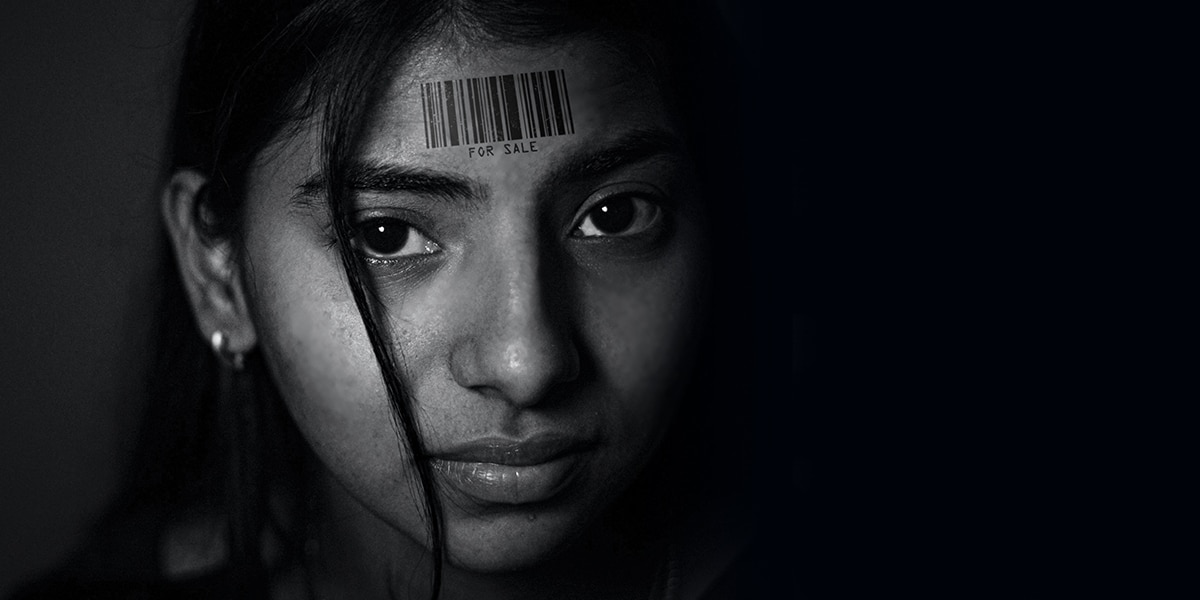

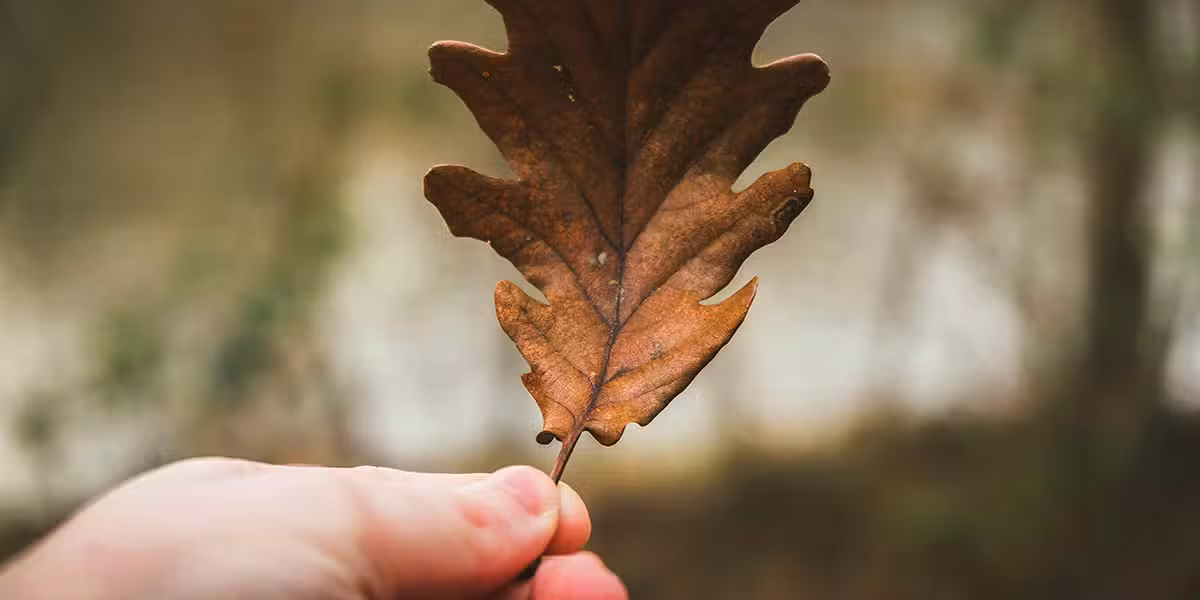
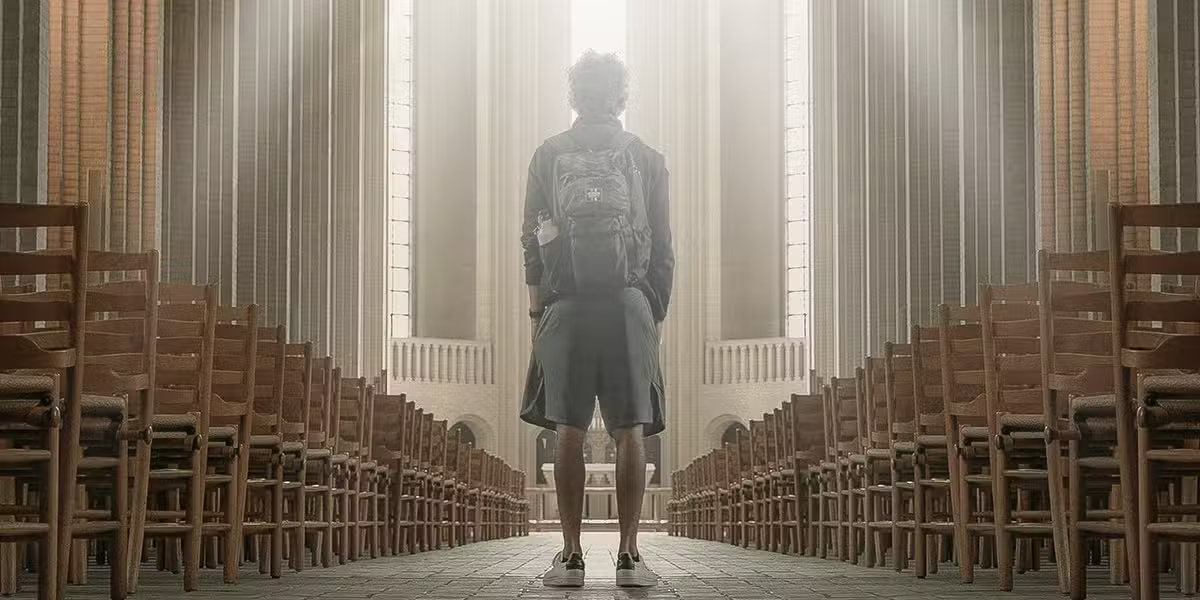
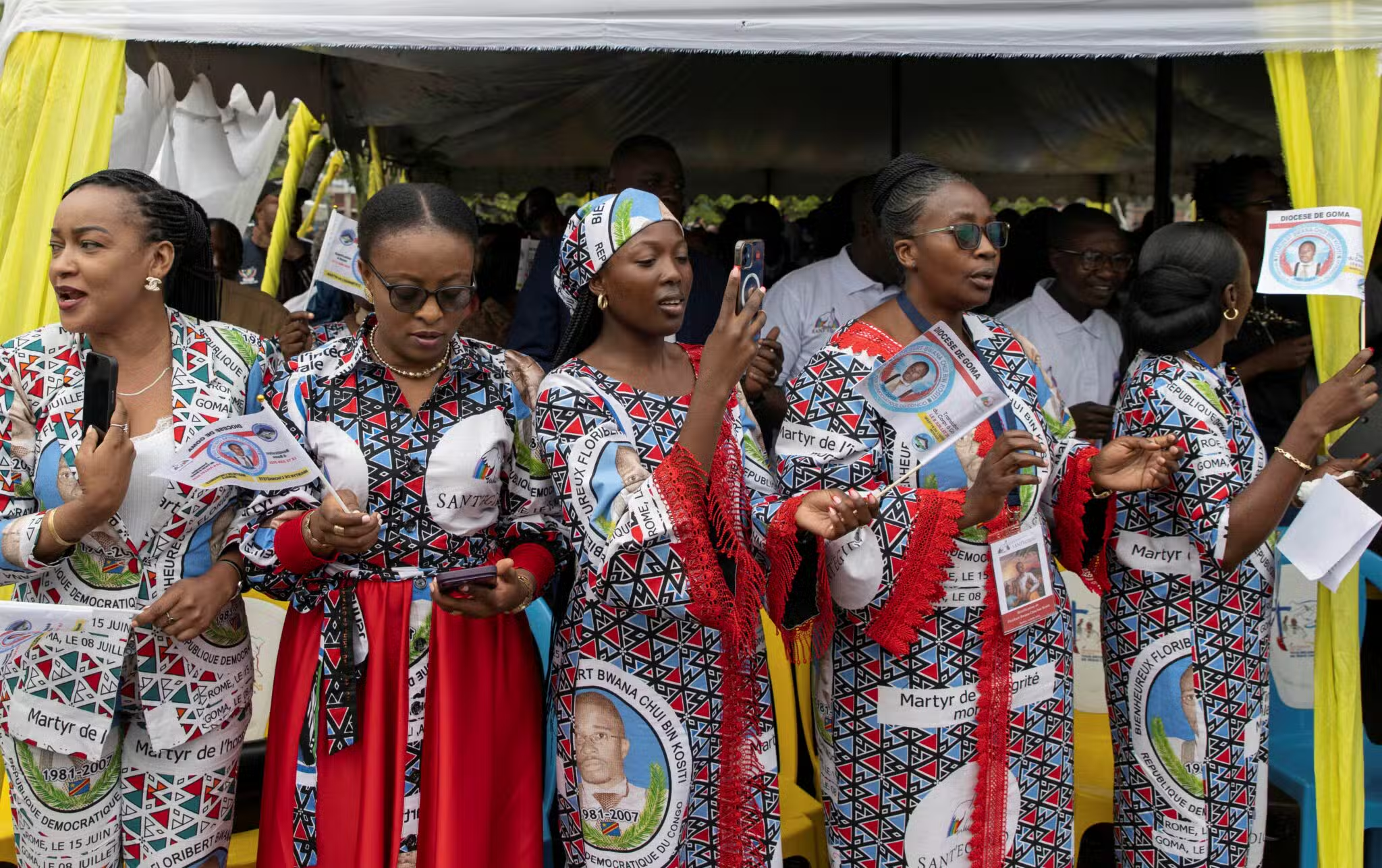

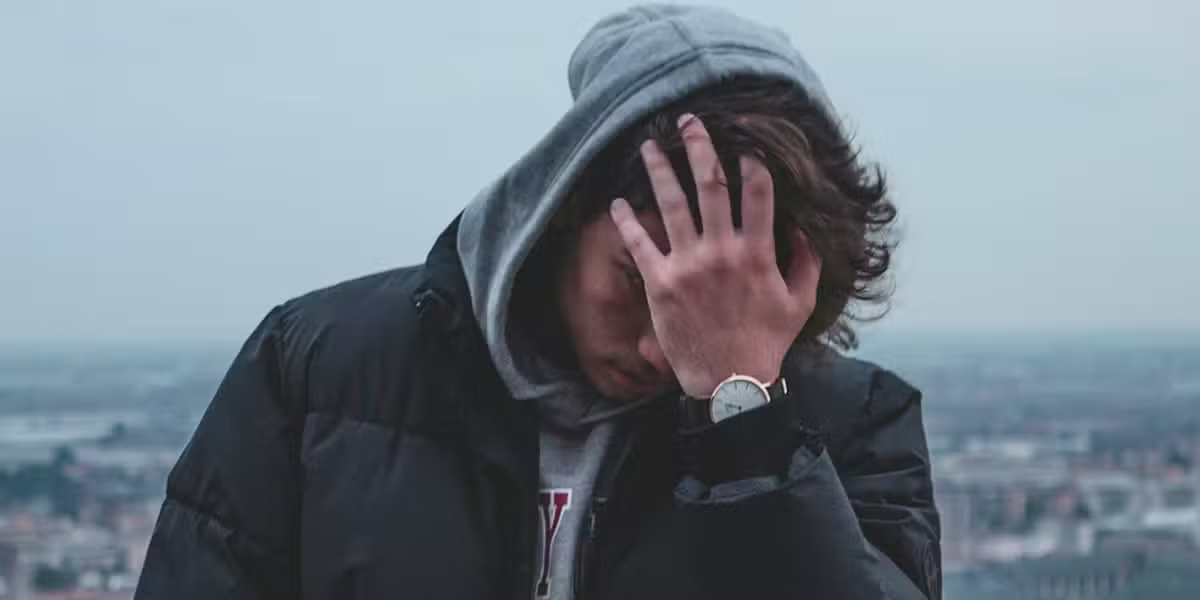
1 thought on “Hope in the Fight against Human Trafficking ”
I often have to wonder to what extent the trafficking cartels are plowing money into the non-profit organizations at the border since it would be good for their business. After all, it is oftentimes the non-profit organizations that are demanding open borders to begin with. They imagine that they are being so-called “compassionate” that way and only they know what is right.